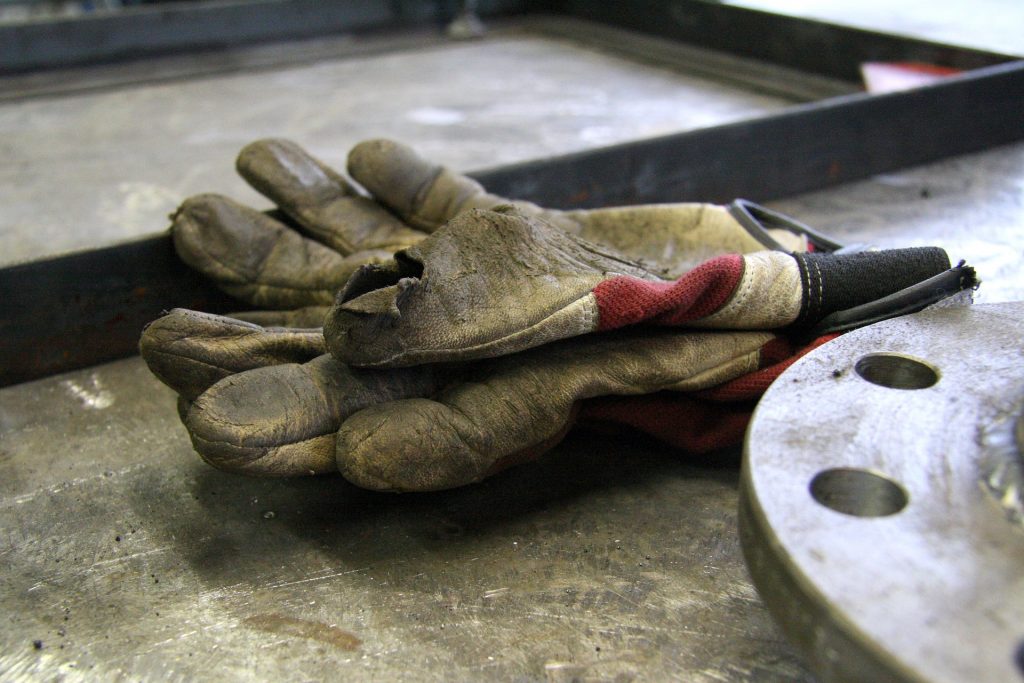Lower the Odds of a Hand Injury by 60-70 Percent!
Working with your hands takes its toll. Cuts, scrapes and bruises often occur and sometimes can lead to more serious medical outcomes. However, nothing can help prevent these injuries better than a pair of high-quality work gloves. In fact, gloves can lower the odds of an occupational hand injury by nearly 60 to 70 percent, according to a study from the Liberty Mutual Research Institute for Safety.
To help you match the right glove type for your work environment, here are some tips to remember:
A. Choose the Right Material for the Hazards You Face Daily Consider the hazards you face every day. Some common workplace hazards include:
- Bruises and Blisters
Thick, impact-resistant gloves with extra padding are a great option for most heavy construction jobs. Choose gloves with reinforced palms, knuckle guards, or padded fingers. These features will protect your hands by absorbing the motion of vibrating power tools, heavy blows, and repetitive movements. - Cuts and Punctures
If your work involves handling sharp building materials and power tools, you need to get cut or puncture-resistant gloves made of Kevlar or lightweight Dyneema. These materials are known for their high tensile strength and pierce-resistance while remaining durable and flexible. - Water and Chemicals
If you work in an environment with dangerous liquids such as oils, acids and solvents choose long-sleeve neoprene or latex gloves that also cover your forearms. - Electricity
If your work involves being around live wires, you need as much protection from electric shock as possible. Choose rubber or leather gloves and avoid anything made from metallic materials. - Heat and Cold
If you work in extreme hot or cold temperature environments, you’ll need to choose specialized gloves. Most cold-resistant gloves combine a waterproof outer layer with internal insulation to help trap heat and keep your hands dry. On the other hand, heat-resistant gloves tend to be made of fire-resistant materials, such as leather, to prevent the glove from catching on fire.
B. Make Sure the Glove Fits
Poor fitting gloves can restrict your movement and easily cause injuries, like muscle cramps and blisters. Before buying, make sure they fit comfortably.
C. Choose Fingerless Gloves for Maximum Dexterity – Some tasks require protecting your hands without losing the natural dexterity of your fingertips. Fingerless or half- finger models work best for these applications. You can keep your hand protected and warm while completing tasks like handling delicate machinery or typing.
D. Choose Rubber Grip Gloves for Full Hand Protection with Some Dexterity- Some tasks might require full hand protection and some form of dexterity. For those applications, look for models with a rubber grip around the fingers or palm areas.
E. Choose Gloves with Touch Screen Pads When Using Touch Screen Controlled Machinery- These are ideal options when you need to protect your hands while simultaneously controlling machinery through touch screen devices.











